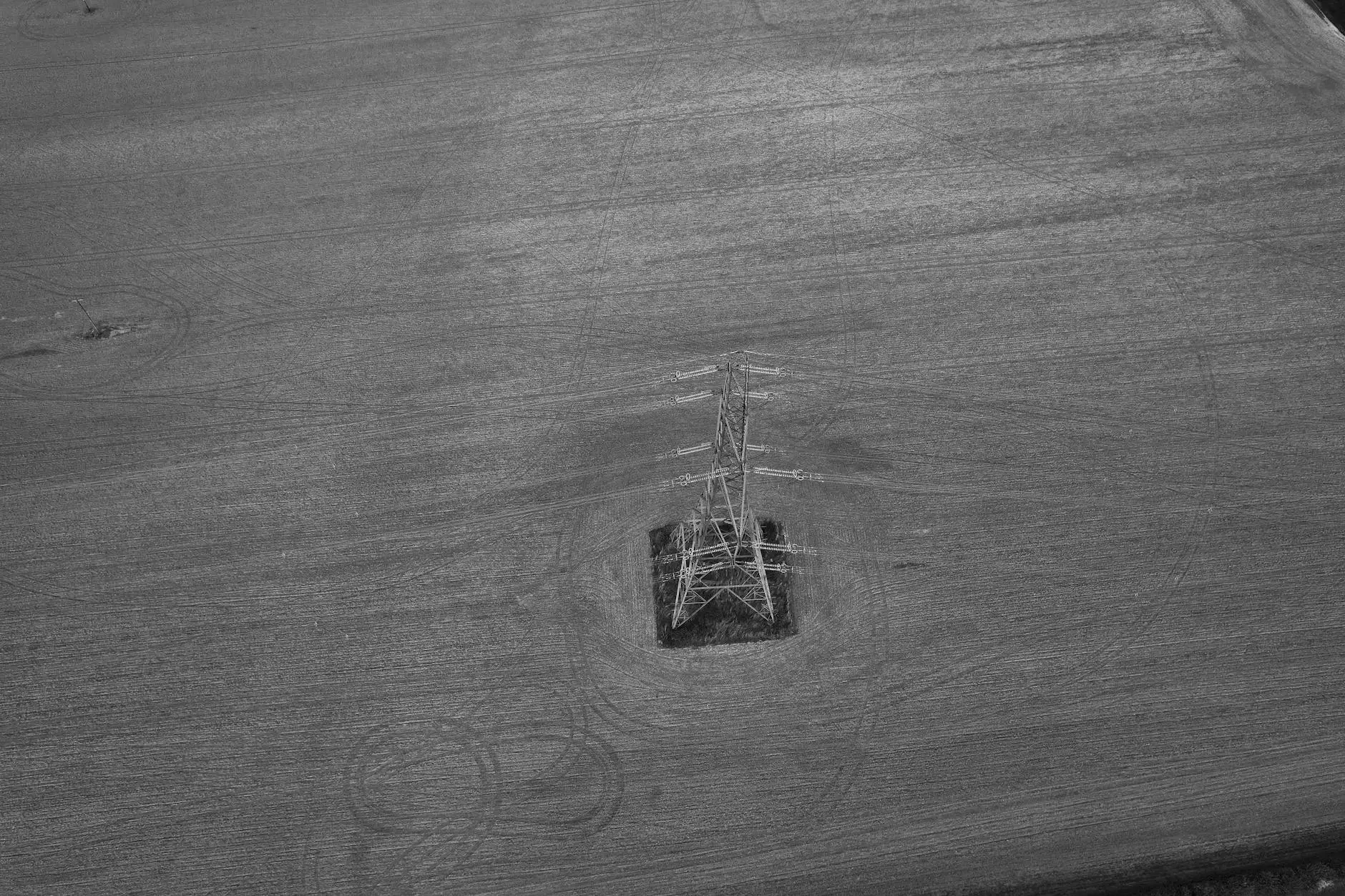Lung Cancer CT Scan: Understanding Its Importance in Diagnosis and Treatment

Lung cancer remains one of the leading causes of cancer-related deaths worldwide, making early detection and effective treatment paramount. One of the most significant tools in the fight against this devastating disease is the lung cancer CT scan. This article delves into the intricacies of how CT scans work, their benefits, and why they are indispensable in modern healthcare.
What is a CT Scan?
A CT scan, or computed tomography scan, is a diagnostic imaging technique that utilizes X-rays to create detailed cross-sectional images of the body. Unlike standard X-rays which provide flat images, CT scans compile multiple images taken from different angles and use computer processing to create a comprehensive view of the internal structure.
The Role of CT Scans in Lung Cancer Diagnosis
When it comes to diagnosing lung cancer, early detection is crucial. CT scans play a critical role in facilitating this by allowing healthcare providers to identify abnormalities in the lungs effectively. Here are some key points on how lung cancer CT scans assist in diagnosis:
- High Sensitivity: CT scans are highly sensitive in detecting even small tumors that may not be visible on regular X-rays.
- Detailed Imaging: The ability to generate detailed, three-dimensional images helps doctors assess the size and location of tumors more accurately.
- Guiding Biopsies: CT imaging can guide needle biopsies, providing a more accurate means of diagnosing lung cancer.
- Monitoring Size Changes: Serial CT scans are useful for tracking the size of known tumors to gauge treatment effectiveness.
The Importance of Early Detection
Detecting lung cancer in its early stages significantly increases the chances of successful treatment. CT scans excel in this area. Research has shown that screening high-risk individuals, such as long-term smokers, with annual low-dose CT scans can lead to a 25% reduction in lung cancer mortality compared to chest X-rays.
Criteria for Lung Cancer Screening
Not everyone requires a CT scan for lung cancer screening. The following criteria typically dictate which individuals may benefit the most:
- Age: Individuals aged between 50 and 80 years.
- Smoking History: Those with a smoking history of at least 20 pack-years.
- Current or Former Smokers: Must have quit smoking within the last 15 years.
Preparing for a Lung Cancer CT Scan
The preparation for a lung cancer CT scan is relatively straightforward but essential for obtaining the best results:
- Consultation: Discuss any medications, allergies, or health conditions with your doctor prior to the scan.
- Clothing: Wear loose-fitting clothing without metal zippers, buttons, or other accessories that may interfere with the imaging.
- Dietary Restrictions: You may be instructed to refrain from eating or drinking for a few hours before the scan.
What to Expect During a CT Scan
Understanding the procedure itself can ease anxiety. Here is what typically occurs during a lung cancer CT scan:
- Initial Setup: Patients lie on a motorized table that slides into the CT scanner, which resembles a large doughnut.
- Scan Procedure: You may be asked to hold your breath for a few seconds to minimize motion artifacts.
- Contrast Material: In some cases, a contrast dye may be injected to enhance the images, helping to differentiate tumors from surrounding tissues.
Duration of the Procedure
The entire CT scan process typically lasts about 30 minutes, including preparation time, although the actual scan itself is usually completed in less than 10 minutes.
Interpreting CT Scan Results
Once the scan is completed, the images will be reviewed by a radiologist who will prepare a report for your doctor. The components of the report include:
- Lesions or Nodules: Identification of any abnormal growths in the lungs, their sizes, and characteristics.
- Changes in Lung Structure: Assessment of changes that may indicate lung cancer or other pulmonary diseases.
- Recommendations: Suggestions for follow-up tests or treatment based on the findings.
Potential Risks and Considerations
While CT scans are immensely valuable, it’s essential to consider the associated risks:
- Radiation Exposure: CT scans expose patients to more radiation than regular X-rays, albeit within safe limits.
- False Positives: Some benign lesions may be misidentified as cancers, leading to unnecessary anxiety and additional tests.
- Contrast Reactions: If contrast dye is used, there is a small risk of allergic reactions or kidney issues.
Reducing Risks
Discussing these risks openly with your healthcare team can assist in making informed decisions regarding screening and diagnostic imaging.
The Future of Lung Cancer Diagnosis and Imaging
As technology advances, the future of lung cancer detection and CT scanning is promising. Innovations such as:
- AI and Machine Learning: Enhanced image analysis using artificial intelligence to improve diagnostic accuracy.
- Low-Dose Imaging: Continued development of low-dose CT protocols to minimize radiation exposure.
- Integration with Multi-Modal Imaging: Combining CT scans with PET scans for more comprehensive diagnostics.
Conclusion
In conclusion, the lung cancer CT scan is an essential diagnostic tool that plays a vital role in the early detection and management of lung cancer. Its ability to provide detailed images allows healthcare professionals to make informed decisions regarding patient care. By understanding what a CT scan entails, its benefits, and the associated risks, patients can advocate for their health and work closely with their doctors to utilize this invaluable resource effectively.
At Hellophysio, we prioritize your health and well-being. With cutting-edge technology and expert medical professionals in the fields of Health & Medical, Sports Medicine, and Physical Therapy, we are committed to providing the best healthcare services tailored to your needs.
Remember, early detection saves lives. If you fall within the high-risk category for lung cancer, consider discussing a CT scan with your healthcare provider today!









